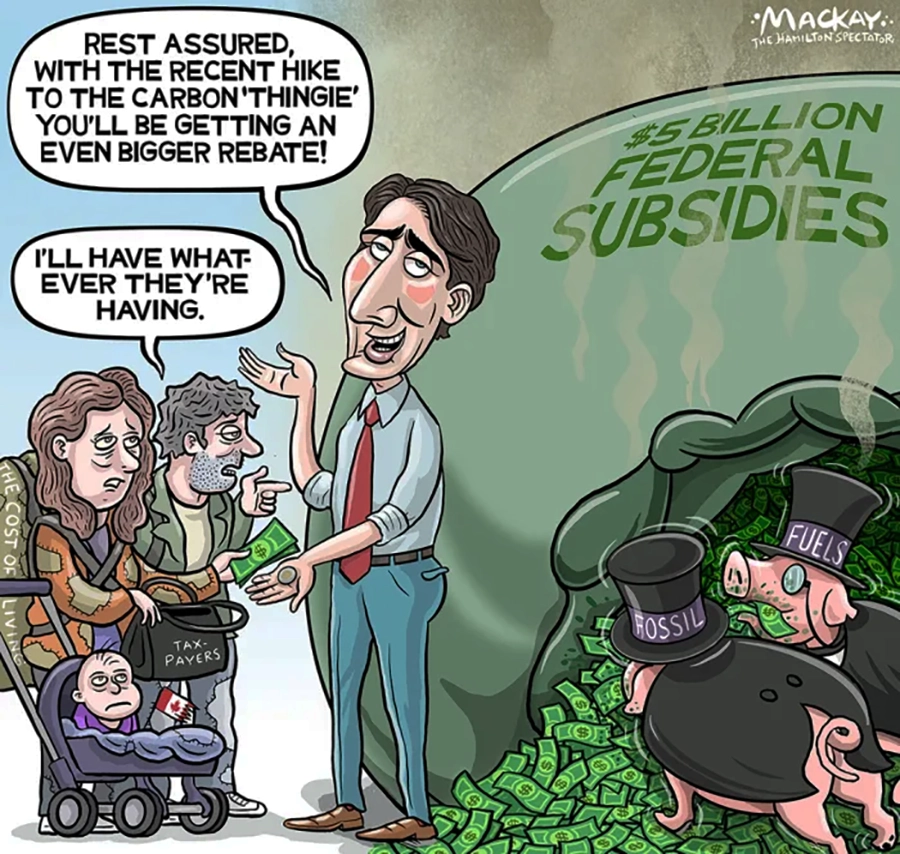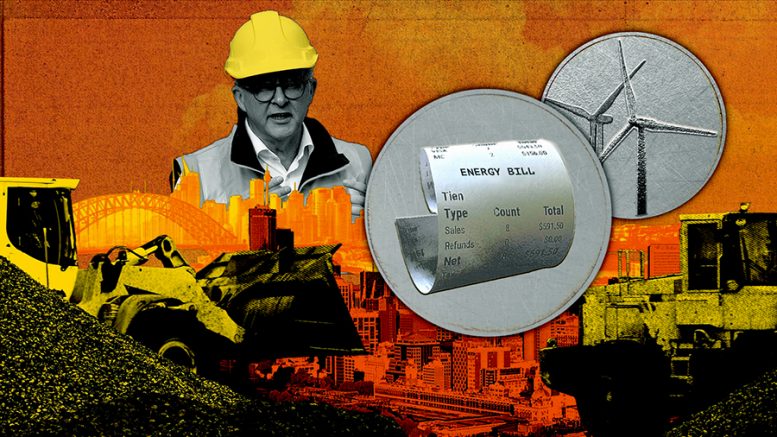Contributed by Jim Hayes
This year’s budget had within it, a plan to spend $277 billion on building renewable energy. Renewable energy does need a cash boost. No doubt about this. But it is where this is going that will determine whether it genuinely contributes to increasing Australia’s renewable energy capacity.
This is the essential content of what has been promised. The biggest slice, which is $71 billion, will go to finance mining companies to refine and process critical minerals. Second is funding to support the production of hydrogen power through tax incentives and more. This will attract $8 billion. The other two items of note are $1.4 billion for investment in clean energy technologies like solar and batteries, and $1.7 billion for some private industry renewable energy pilot programs.
On closer examination, these measures ae not quite as good as they seem. Hydrogen production regulation as envisaged will allow a lot of flexibility as to defining what is acceptably green. Some forms of production cause major carbon emissions, and this is increased if the way it is transported is also high carbon emission producing. This is the difference between what are sometimes called brown or green hydrogen options. The Albanese government has not come clean as to which option it is talking about.

Take the major matter of financing the refining and processing of critical minerals. There is no guarantee as to what use they will be put to. The most likely outcome is that the bulk of this will be exported. It could well do little to lessen Australia’s carbon footprint. Consequently, whether funding this industry is justified or not, the claim that it inherently green is not justified.
Stacked up against this, the continuing growth in government funding and other support for the gas companies punches a major hole in the credibility of the Albanese government’s carbon reduction credentials. The amount allocated for new handouts is $54 billion.
So much so that campaigning on the gas issue by a range on environmentalist organisations is rising. A key example is the battle over Woodside’s ambition for the major Scarborough project in West Australia’s north. There are the campaigns against fracking gas extraction in different states.

Photo from Woodside: Pluto facility on the Burrup Peninsula, which is an important part of the Scarborough project
These examples and the intention of Resources Minister Madeleine King, to introduce into the parliament a bill to remove offshore gas from Australia’s environment laws expose the government’s lack of real commitment to reducing carbon emissions on the scale that is necessary to make a difference.
King’s bill has already attracted 7,732 opposing emails to her. In less than two weeks, several organisations will come together to hold actions in major cities and outside the offices of parliamentarians.
The hope is that by generating sufficient pressure, the Albanese government can be made to do a lot more to move towards ending the dirty coal and gas industries.


Be the first to comment on "Australia’s budget 2024 failed on climate action need"